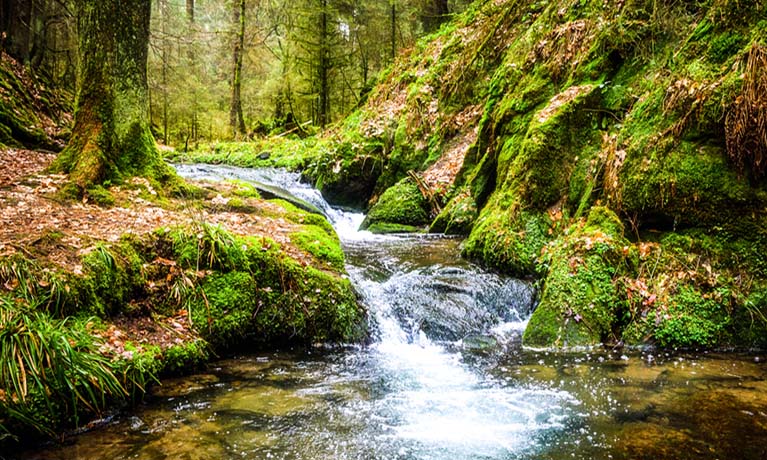Search
Quantifying the response of macroinvertebrates to gradients of fine sediment pollution

We’re sorry.
This event has ended.
See our upcoming events.
Thursday 05 November 2020
11:30 AM - 12:30 PM
Location
Cost
Event details
Speaker Bio
Morwenna Mckenzie graduated from the University of Portsmouth in 2012 with a degree in Biology and went on to carry out an MSc at Queen Mary University of London in Marine Ecology and Environmental Management. Morwenna has carried out a variety of research projects in ecology including those on animal behaviour, microplastic pollution and evolutionary biology. Before starting her PhD, she worked in environmental policy and campaigns for a small umbrella organisation providing her with an understanding of how science and evidence can influence the policy making process in the UK Government. Having recently completed her PhD in aquatic ecology, Morwenna has been working for the Environment Agency as a Biodiversity Technical Officer helping with river restoration projects and habitat improvement. Morwenna has now returned to research full time as a Postdoctoral Fellow at CAWR and will be working on catchment resilience and recovery potential in UK rivers.
Abstract Info
Erosion, transport and deposition of fine sediment (organic and inorganic particles <2mm in diameter) are fundamental processes in the hydrogeomorphic cycle and river systems require a constant supply in order to function. However, excessive sediment delivery can cause serious deleterious effects to aquatic systems both in suspension (e.g. clogging tissues, blocking light and reducing primary productivity) and by deposition (e.g. clogging interstitial spaces, loss of habitat heterogeneity and smothering benthic organisms).
This project examines how fine sediment is driving macroinvertebrate responses in order to help improve biomonitoring, i.e. the practice of using biological communities to track environmental change. Experimental work was used to explore these relationships further and field work helped improve the methods used to quantify fine sediment and relate this to macroinvertebrate community response with the hope of advancing monitoring methods on a national scale.




